If you learned to drive from your parents, chances are you heard rules that felt like they were set in stone. But times change fast. What once worked for highways and backroads doesn’t always hold up in a world of smart tech, packed cities, and new safety standards. Some of those golden rules now feel outdated, and others flat-out don’t apply anymore. Let’s take a look at what’s changed behind the wheel.
1. Keep Both Hands at Ten and Two

This grip was once considered the safest way to steer. But modern airbags and power steering changed that. Today, placing your hands at nine and three offers better control and reduces injury risk during collisions. Driver training now reflects this update. While your parents meant well, clinging to the old method could do more harm than good in newer vehicles designed for updated techniques.
2. Always Warm Up the Engine Before Driving

Your parents may have insisted on warming up the engine before heading out, especially in cold weather. Older engines needed time to circulate oil, but today’s vehicles are engineered differently. Idling too long wastes fuel and pollutes more than it helps. Modern engines warm up faster when you’re already moving, so it’s smarter to drive gently right away instead of waiting in your driveway.
3. Use the Horn to Alert Others
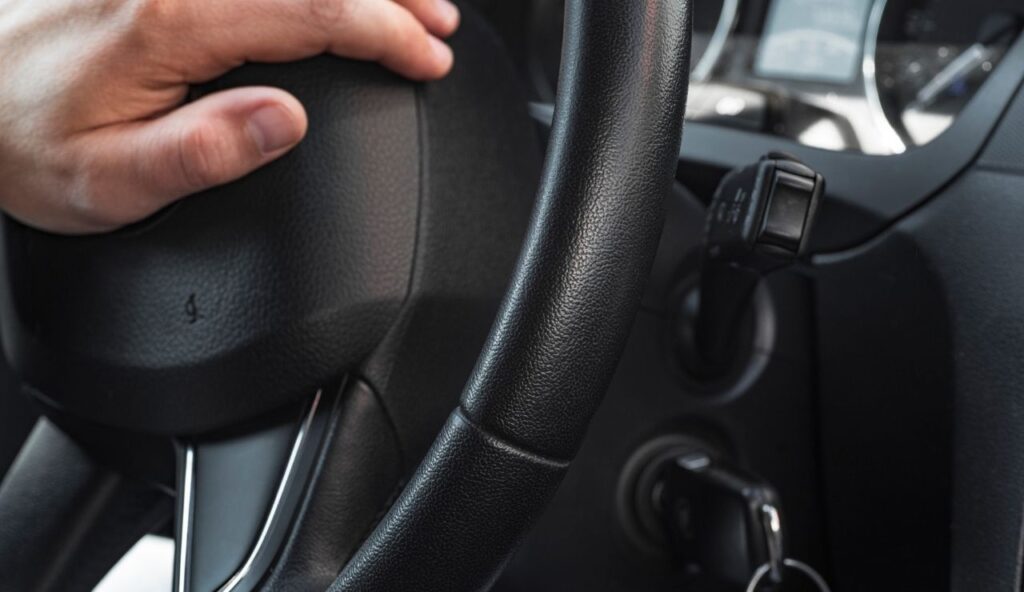
The horn used to be a universal tool for warnings or simple gestures like saying thanks. Now, using it casually can trigger frustration or even road rage. With advanced safety features like blind-spot alerts and backup sensors, drivers depend less on horn use. It still matters in urgent situations, but regular honking has become less acceptable and more disruptive in today’s traffic.
4. Stick to the Right Lane Unless Passing
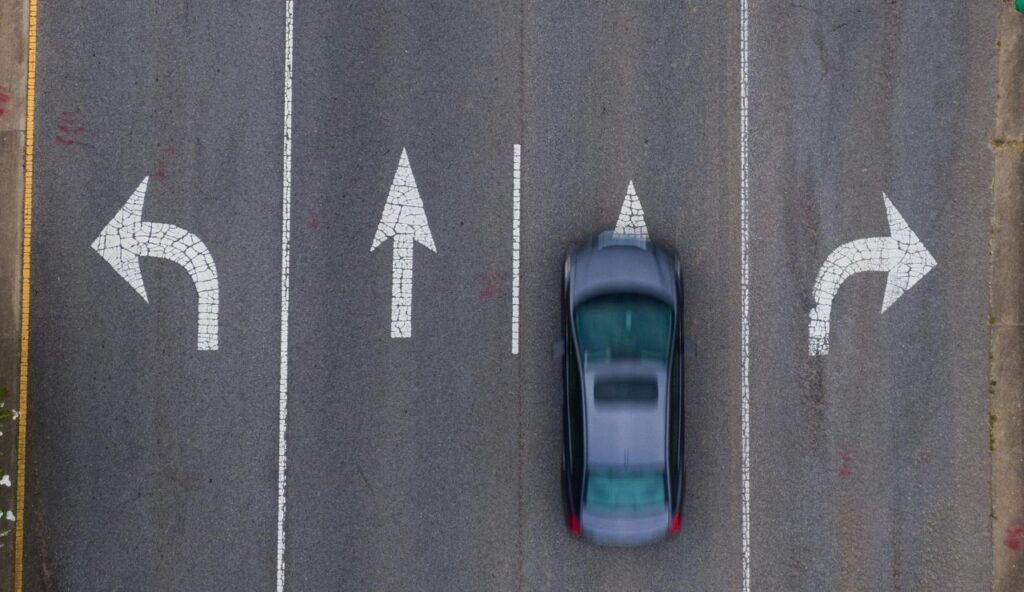
This rule made sense when traffic was lighter and highway behavior more consistent. Today’s drivers face frequent merges, reroutes, and heavy congestion. Staying in the right lane may slow you down or force unsafe lane changes. Flexibility is more important than tradition. Adapting to traffic flow helps keep things smoother and safer, even if it means switching lanes more often than before.
5. Flash Your Lights to Warn of Speed Traps

Flashing your headlights was once a polite way to help others avoid tickets. But the gesture is now discouraged in many states and may even lead to fines. With radar, license plate scanners, and speed cameras, enforcement has evolved. By the time you flash a warning, the vehicle behind you might already be clocked. The trick has lost its usefulness in today’s monitored roads.
6. Manual Is the Best Way to Learn

Driving a stick shift used to be a must-learn skill. Parents believed it gave better control and focus. But most vehicles now come with automatic transmissions, and manual options are increasingly rare. Electric cars don’t use traditional gear shifts at all. While it’s still a valuable skill, knowing how to drive manual is no longer essential for most new drivers on the road.
7. Always Keep a Paper Map in the Glovebox
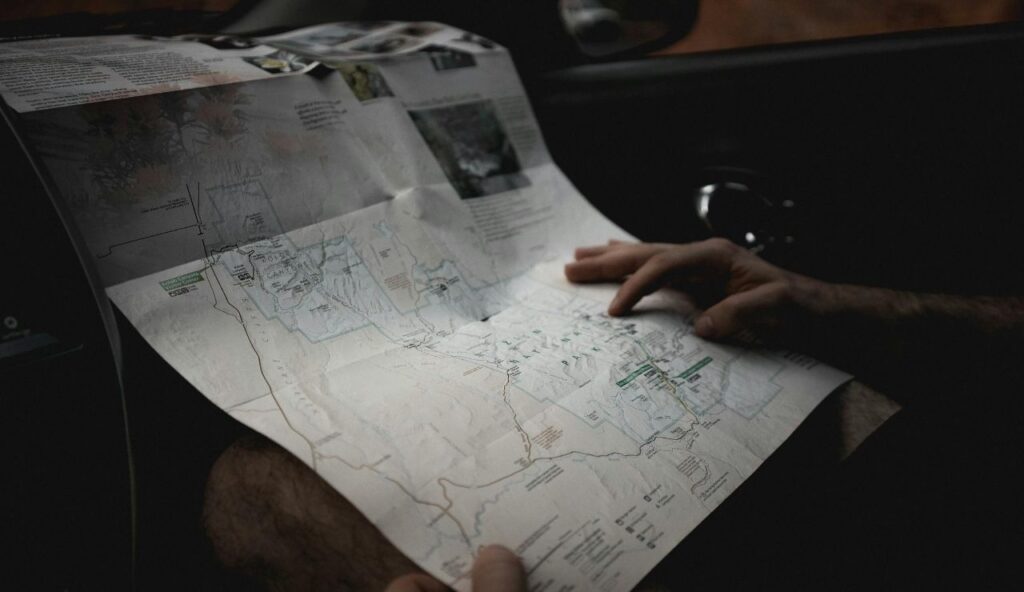
Before smartphones and GPS, paper maps were a travel necessity. Parents always kept one nearby in case they got lost. Today, digital navigation apps provide real-time directions, traffic alerts, and detours. While paper maps still have nostalgic charm, most drivers now trust apps that reroute instantly. Keeping a paper map is optional, not a must-have like it was in the past.
8. Brake Early and Pump if Roads Are Icy
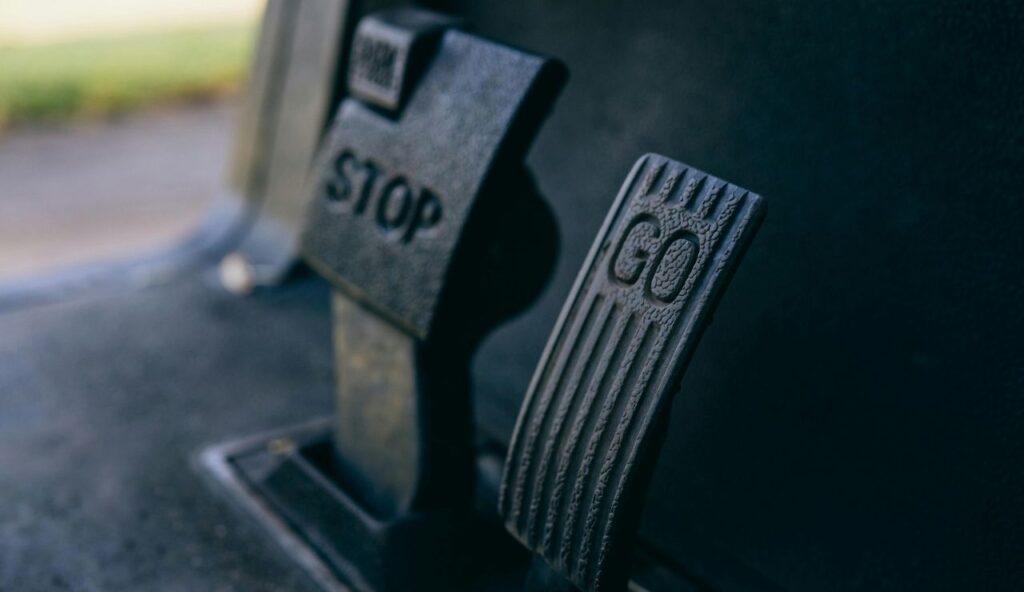
Old cars without anti-lock brakes require drivers to pump the brake pedal gently to avoid skidding. Newer vehicles have ABS that automatically handles that task. Pressing steadily is now safer and more effective. Trying to pump manually can actually reduce your control. If the roads are slick, the best move is to slow down early and let modern safety systems do their job.
9. Always Carry a Spare Key in Your Wallet
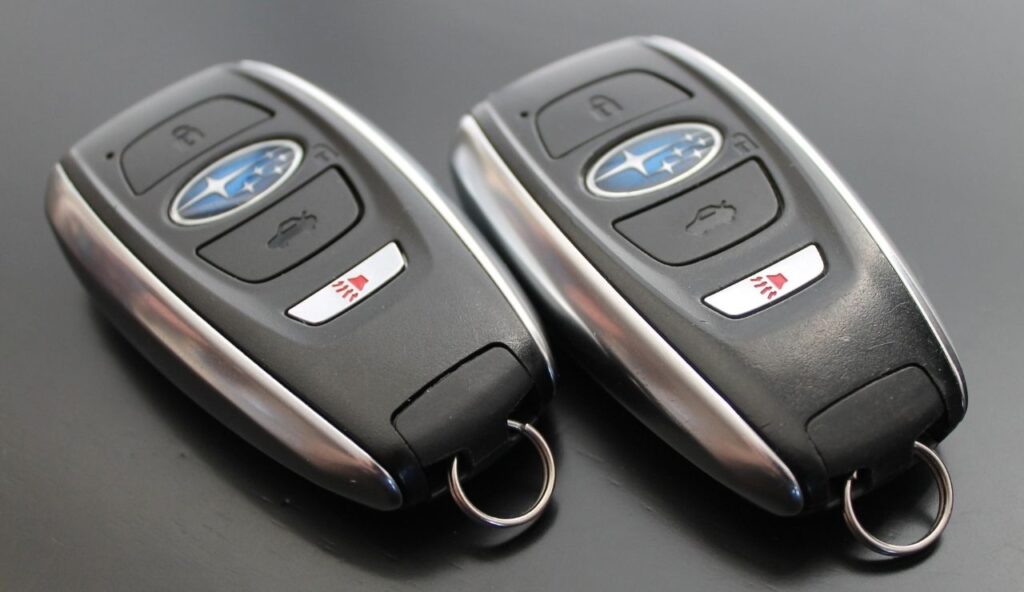
Parents had backup keys stashed in wallets, fenders, or even gas caps. But car keys have changed. Today’s key fobs are electronic, expensive, and hard to duplicate. Some cars unlock through apps or digital codes. Keeping a spare is still wise, but hiding one like people did decades ago doesn’t offer much help now. A lost smart key is a dealership problem, not a quick fix.
10. Park Facing Out for a Quick Getaway
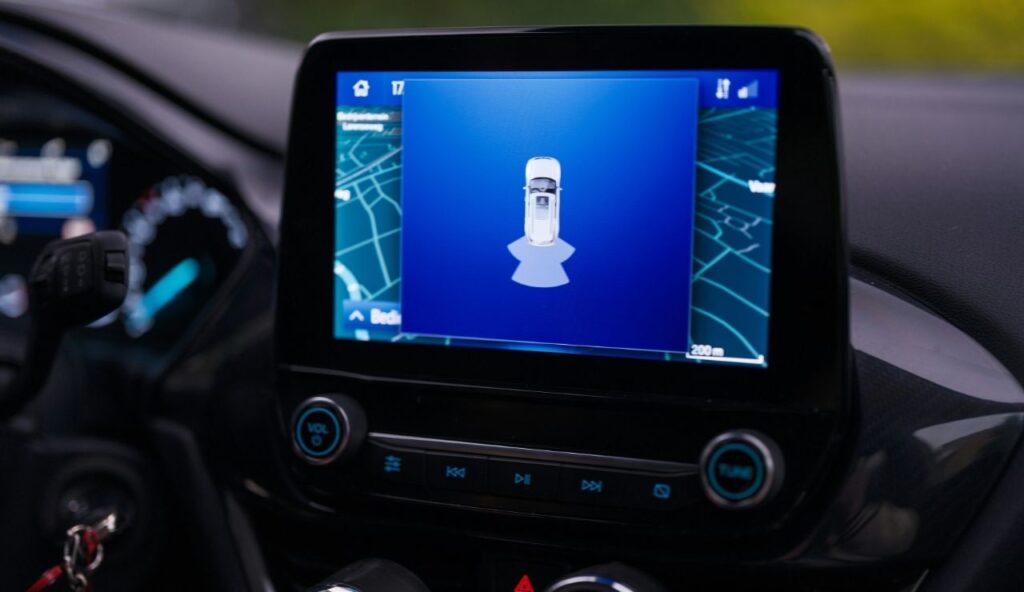
Reversing into a spot used to be about preparing for emergencies or faster exits. But now, with backup cameras and parking sensors, pulling out safely is easier than ever. In many places, it’s actually faster to just pull in and back out later. The idea of a quick getaway feels outdated in an age where most drivers rely on visuals instead of instincts to leave a parking space.


